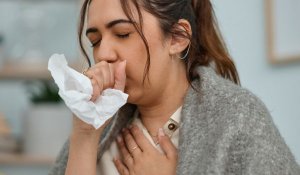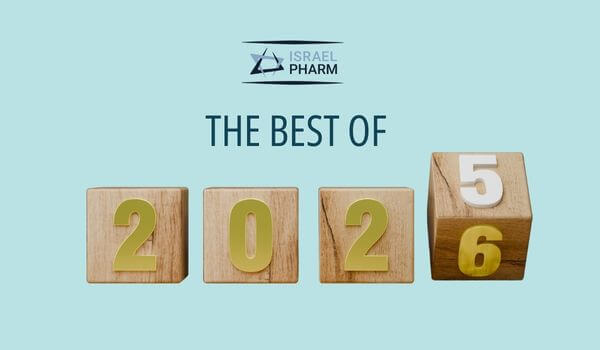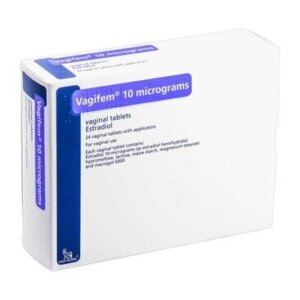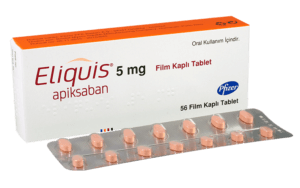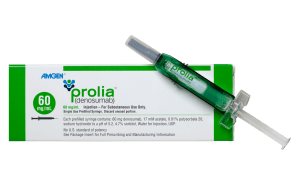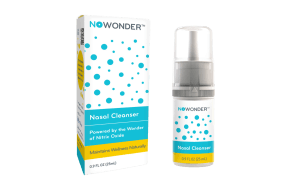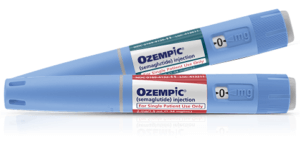
What are the symptoms of emphysema?
The symptoms of emphysema vary based on the extent of lung damage. People with emphysema often experience shortness of breath. As the condition worsens, episodes of breathlessness happen more often, making it difficult to perform daily tasks or exercise. Breathing tends to improve during periods of rest, but over time, even light physical activity can cause shortness of breath.
Individuals with emphysema often experience symptoms such as a constant cough, mucus production, wheezing, unintentional weight loss, and weakened muscles. Sometimes, COPD symptoms can suddenly become more severe. This is called a COPD flare-up or exacerbation. These flare-ups are often triggered by lung infections.
Many people first realize something is wrong when they feel out of breath after even light physical activity. Early symptoms, like a smoker’s cough, are often mild and ignored for years while the lungs are being damaged by the disease. Not all symptoms appear right away, and they tend to get worse over time. In the later stages of emphysema, patients may develop a blue tint to their lips and skin due to low oxygen levels in the blood. They can also experience swelling in their arms and legs, a larger chest, and swollen neck veins.
What causes emphysema?
Smoking is the leading cause of emphysema, but other factors like the environment and genetics can also contribute. People with a deficiency in the enzyme alpha-1-antitrypsin have a high chance of developing emphysema if they smoke, but they rarely get the disease if they avoid smoking. Exposure to dust, fumes, gases, or harmful environmental substances can also increase the risk of COPD. Additionally, having asthma can make it more likely for someone to develop emphysema later in life.
Emphysema can also be caused by secondhand smoke, such as when a person is exposed to smoking in childhood. Other causes include breathing in industrial dust, chemicals, or polluted air. Regardless of the cause, smoking worsens emphysema.
How is emphysema diagnosed?
Emphysema is usually diagnosed in people over the age of 45, though it can be identified earlier if caused by a faulty gene. Doctors diagnose emphysema by discussing symptoms, performing a physical exam, and conducting a spirometry breathing test to check lung function.
The doctor might order several tests, including:
- Blood tests
- A chest x-ray
- A blood test from an artery to measure oxygen levels
- Lung function tests to check breathing
- A CT scan to examine the lungs
- An ECG or echocardiogram to assess the heart
How is emphysema managed?

Medications
Inhaled medications can help people with emphysema by opening airways and lowering inflammation. If a chest infection occurs, antibiotics might be necessary.
Long-term inhalers are prescribed to reduce inflammation and are used daily by people with COPD. These inhalers are not meant for sudden breathing problems, which require a quick-acting rescue inhaler instead. These inhalers manage symptoms but cannot cure the conditions.
- Trelegy Ellipta: A 3-in-1 inhaler that combines fluticasone (a steroid that reduces inflammation), umeclidinium (a long-acting muscarinic antagonist or LAMA), and vilanterol (a long-acting beta2-agonist or LABA).
- Qvar: Contains beclomethasone, a steroid that prevents inflammation.
- Advair: Combines fluticasone (an anti-inflammatory steroid) and salmeterol (a bronchodilator that helps open airways).
- Symbicort: Combines budesonide (a steroid) and formoterol (a bronchodilator) to manage ongoing COPD.
- Spiriva: Contains tiotropium, a bronchodilator used to treat COPD.
- Anoro Ellipta: A combination of umeclidinium (an anticholinergic) and vilanterol (a LABA), used to help people with COPD maintain better breathing.
Pulmonary rehabilitation
Participating in a pulmonary rehabilitation program can be beneficial for individuals with lung conditions. These programs include exercises and education designed to help manage breathlessness. They may provide guidance on physical activities to improve strength, techniques for better breathing, proper use of medications, and ways to conserve energy. For those with more severe emphysema, using oxygen from a portable tank might be necessary. In rare cases, surgery may also be considered as a treatment option.
Lifestyle interventions
Ways to manage emphysema include:
- Eating a nutritious diet
- Not smoking
- Keeping a healthy weight
- Getting plenty of sleep
- Staying active with regular exercise
- Avoiding air pollution and secondhand smoke
- Getting vaccinations for the flu and pneumococcal pneumonia
- Attending regular doctor appointments
What are the stages of emphysema?
The Global Initiative for Chronic Obstructive Lung Disease classifies emphysema into four severity stages based on how well the lungs work during a breathing test:
- Stage 1 (Mild): Lung function is at least 80% of what is considered normal.
- Stage 2 (Moderate): Lung function is between 50% and 80% of normal.
- Stage 3 (Severe): Lung function ranges from 30% to 50% of normal.
- Stage 4 (Very Severe): Lung function is less than 30% of normal.
Is emphysema reversible?
Quitting smoking is the most effective way to treat emphysema. In younger individuals with early-stage emphysema, stopping smoking can prevent the disease from getting worse. For older individuals or those with more advanced stages, it is uncertain if quitting smoking can stop the disease from progressing, as it may already be too advanced. However, at any stage of the disease, quitting smoking can help reduce symptoms and improve quality of life. The best way to reduce the risk of emphysema is to never smoke.
Emphysema is a progressive disease, meaning it gets worse over time. Once a person starts smoking and emphysema begins, the condition continues to worsen throughout their life. In the early stages, quitting smoking can stop the disease from progressing further, although the lung damage that has already occurred cannot be reversed.
FAQs
Are emphysema and subcutaneous emphysema the same thing?
The term “subcutaneous emphysema” describes a condition where air becomes trapped under the skin, creating a crackling sensation when pressed. It is not directly connected to lung emphysema.
Can I live a long life with emphysema?
People with COPD generally have a shorter life expectancy than those without the condition, though factors like age and disease stage can significantly impact life expectancy. Emphysema makes people more susceptible to secondary respiratory infections. Individuals with mild COPD tend to live longer than those with advanced stages. Early treatment can also improve quality of life over time.
What is worse, COPD or emphysema?
COPD stands for chronic obstructive pulmonary disease, which is a term used to describe a group of lung diseases. These include emphysema, chronic bronchitis, some types of bronchiectasis, and sometimes asthma, depending on the doctor or researcher. Emphysema is one type of COPD. The main difference between COPD and emphysema is the kind of lung damage they cause. COPD refers to diseases that block airflow, while emphysema happens when the air sacs (alveoli) in the lungs are damaged or destroyed.
Can lungs repair themselves from emphysema?
Emphysema is a lung disease that gets worse over time and can’t be fully cured, but treatments and lifestyle changes can still make a difference. Although the lungs have a small ability to heal, this depends on how long a person has had the disease and their overall health.
One of the most important steps for someone with emphysema is to quit smoking. This can slow the disease and even improve some lung function over time. Pulmonary rehab programs, which are specially designed for people with lung problems, can also help improve their breathing and overall health.

